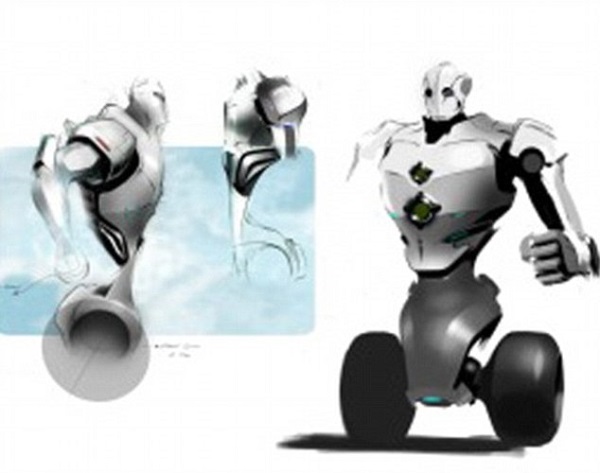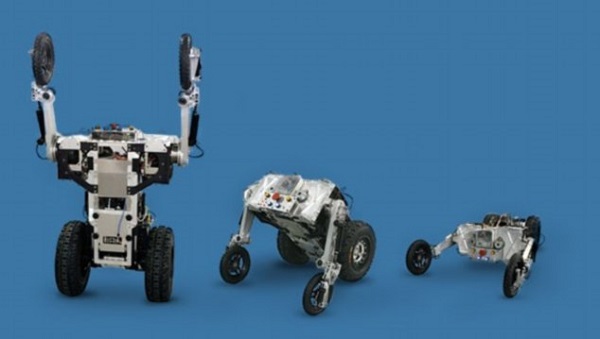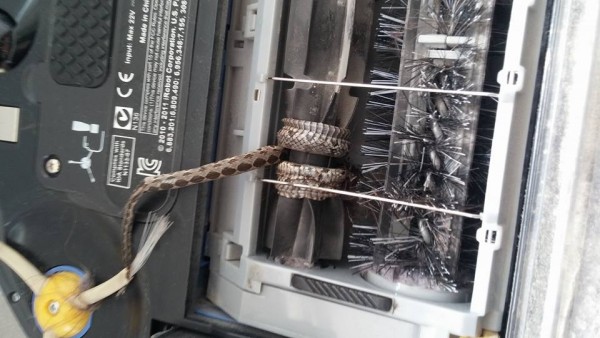PatrolBot, the robotic enforcer the US researchers are currently working on, will employ telerobotics, which means that the policemen will be able to control it remotely via a virtual reality helmet.
With the Robocop movie remake just around the corner (well, the movie will be launched next summer, but photos from the film set started appearing on the Internet), it is impossible not to think of the world’s most famous cyborg law enforcer when reading such news. PatrolBot might not be able to communicate like Alex Murphy, and it will not even look like RoboCop, but its functions will not differ that much. One of the major distinctions of PatrolBot is that it will also lack free will, since it will only be able to do what the injured policemen want it to do.

Above you can see one of the first sketches of PatrolBot. Even though the project will eventually include wheels, the models from the following pictures are closer to reality. Instead of the arms, PatrolBot will include another set of wheels. This feature will increase the adaptability of the robot to various types of terrain, since it will be able to commute between the 2-wheel and 4-wheel modes.

The robot enforcer will supply the injured policemen the ability to see what is going on in remote areas via a Web cam. Additional sensors will ensure audio and sensory capabilities. Jeremy Robbins, a lieutenant commander in the US Navy Reserves, created PatrolBot in cooperation with Florida University International. As Robbins declared, “We want to use telebots to give disabled military and police veterans an opportunity to serve in law enforcement. With telebots, a disabled police officer will be capable of performing many, if not most, of the functions of a normal patrol officer – interacting with the community, patrolling, responding to emergency calls, issuing citations. Telerobotics has already begun to make its way into the worlds of medicine, business and the military. Extending it into law enforcement is simply the natural progression of things.”

On the other hand, FIU professor Nagarajan Prabakar stated: “‘We want to look at something that’s affordable and can also be deployed so that people can use it. That’s a very important part of this. We want to make sure that the cost is affordable for police departments and others.” Hopefully, we’ll get to see such enforcers on the streets in the near future.
If you liked this post, please check this steampunk Robocop and the Robocop video surveillance camera.










